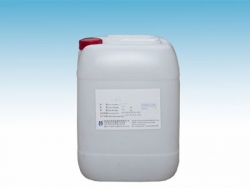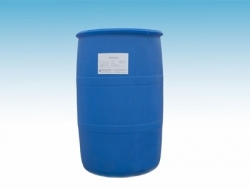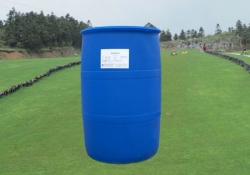In order to improve the performance of electrolyte and the quality of coating, some additives are often added. Surfactants are one of the main kinds of additives. Surfactants have the functions of smoothing, brightening, diffusing, changing the physical properties of coating and inhibiting the escape of acid mist. Surfactants commonly used in electroplating are Ping Jia, OP emulsifier, sodium dodecyl sulfate, sodium methylene bisnaphthalene sulfonate, fluorine surfactant, fatty acid polyethylene oxide ester, polyethylene oxide castor oil, etc.

Before electroplating, metal workpieces must be cleaned to make their surfaces clean. Otherwise, the deposits do not bond well on the surface, and even can not be deposited. Oil contamination on the surface of workpieces includes animal, vegetable oil, mineral oil, animal and vegetable oil, which can be saponified in alkaline solution to form water-soluble soap and vegetable oil. Glycerol is removed; mineral oil or other unsaponifiable oil can not be chemically decomposed by alkali. Surfactants are required to remove the oil from the metal surface during the degreasing process.

Surfactant molecules are first adsorbed on the interface between oil and solution. Under the action of hydrophilic and hydrophilic groups of surfactant, oil contamination is gradually separated from the metal surface and enters the solution by convection and stirring of the solution. It forms a very fine spherical emulsion. When the oxide scale is removed from the surface of the part, strong corrosion occurs. During the corrosion process, all kinds of harmful gases are produced. When the gas escapes, acid fog is produced, which has a great impact on the environment and equipment. If a small amount of OP emulsifier is added to the pickling tank, the surface of the pickling solution can produce a layer of foam to prevent the acid mist from escaping.

In chromium plating, the current efficiency is very low (10%-15%), and when the insoluble lead anode is used, a large amount of hydrogen and oxygen will be produced at the two poles after electrification, which is easy to produce harmful chromium smoke and chromium fog to pollute the environment and endanger the health of operators. In order to inhibit the generation of chromium fog, a small amount of perfluoroalkane can be added to the chromium plating bath. The ether sulfonate surfactant forms a layer of foam on the surface of the solution when it is chromplated, which inhibits the escape of the chromium mist, which ensures the health of the operator and reduces the consumption of chromic acid.
Surfactants used in electroplating play direct and indirect roles in the electrodeposition process. The essence of these roles is the surface activity of organic compounds at the interface between electrodes and solutions. With the progress of science and technology, the application of surfactants in electrodeposition will be further emphasized and developed.